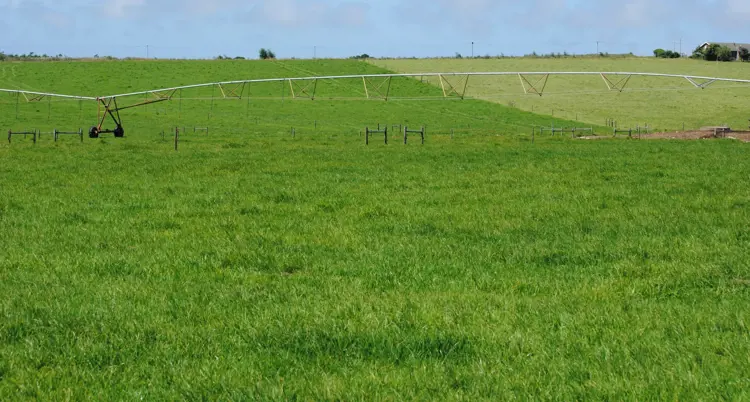Getting to know Rye grass
In order to obtain maximum advantage from a pasture, one must realize that yield is not the only important factor because aspects such as the quality of the grass and the optimal utilisation of Rye grass play an important part. In order to overcome this challenge, it is vital for producers to understand this principle fully. Together with the successful production of Rye grass the producer has to understand when to use and re-use Rye grass and what happens in the period between these utilizations of the fodder.

The life span of a leaf of the rye grass is equal to the time needed to form three leaves per stalk. Each stalk maintains three leaves. During the formation of the next leaf the oldest leaf dies down. If the leaves are not utilised before dying down they will be wasted. There is not only wastage in terms of volume and quality, but levels of digestibility are also lowered.
The next leaf is usually larger than the previous one. Utilisation that happens too early is detrimental in terms of the dry matter harvested and grazing after the three leaf stage will lead to dry matter wastage and loss in quality.
(Figure 1)
During the process of photosynthesis, glucose is formed by the stalks and water soluble carbohydrates (WSC) are formed in the leaves. WSC supply the energy for growth and respiration. Excess WSC are stored in the lower part of the stalk and fulfil an important function in the maintenance of growth when the plant cannot generate enough energy by means of photosynthesis, for example, after having been grazed, during cloudy weather and at night.
The regrowth of the Rye grass plant
After the pasture has been grazed there is usually a short part of the stalk that remains. (Figure 2a)
The remaining part of the stalk mobilises the WSC reserves in order to lengthen the stalk. (Figure 2b) Root development and the formation of new stalks stops or is very limited at this stage.
The next complete new leaf forms its own WSC through a process of photosynthesis. Most of the WSC are used for the formation of the new leaf and very little of it is stored. Reserve amounts of WSC are still used. At this stage root growth resumes and daughter stalks probably receive support from the mother stalk. Because of the low level of WSC at this stage, the Rye grass is most sensitive to grazing. (Figure 2c)
When the Rye grass plant reaches the two leaves per stalk stage, the WSC levels have recovered to such an extent that the plant is ready to be grazed. WSC are also supplied to the daughter stalks and new stalks are being formed. This point in the development of the plant is known as the minimum grazing interval see. (Figure 2d)
The plant then forms the next leaf – the third leaf of the stalk. Root growth and stalk formation is optimal and reserve WSC is replenished. When the fourth leaf forms, the oldest leaf dies down. At this stage the quality of the pasture lowers and grazing is being wasted. The stage between the 3 and 3½ leaf stages is regarded as the maximum grazing interval. The best time for the utilisation of the pasture is the period between the two intervals. Although WSC play a major role during regrowth, they also play an important part concerning the survival of the plant during times of excessive heat, frost and drought.
References: Principles of developing an effective grazing management system for ryegrass-based pastures – Danny Donaghy and Bill Fulkerson Managing pastures – New South Wales department of Primary Industries